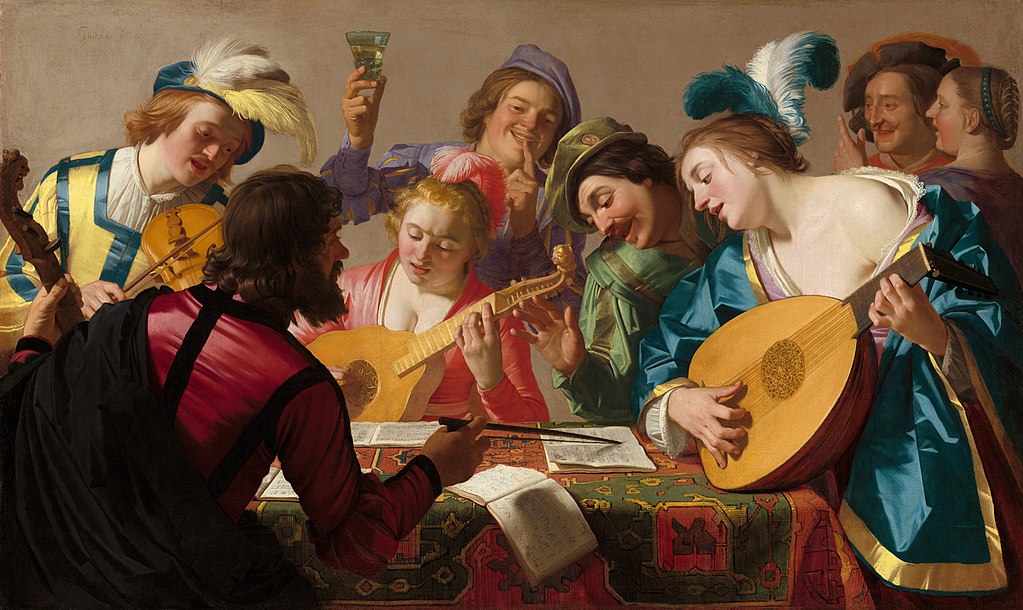
Renaissance Music: A Golden Age
Step into the past and discover the Renaissance, a vibrant period of history that left an indelible mark on the world of music. Lasting from the 14th to the 17th century, this era was a time of creativity, humanism, and cultural blossoming. Let’s embark on a musical journey through the Renaissance and explore the key features that made it such a golden age of music.
Polyphony: A Harmonious Tapestry
During the Renaissance, composers like Josquin Després, Giovanni Pierluigi da Palestrina and Orlando di Lasso broke away from the single melodies of the past and introduced polyphony. So this is where multiple melodies interweave to create a harmonious tapestry of sound. This newfound complexity allowed them to express a wide range of emotions and add depth to their compositions, making Renaissance music truly captivating.
Humanism and Text Painting: Emotions in Melody
Renaissance thinkers embraced humanism, focusing on human emotions and experiences. Composers like Claudio Monteverdi translated these ideals into their music through “text painting.” They cleverly matched the mood and meaning of the lyrics with musical elements. If the words spoke of joy, the music would reflect that happiness, enhancing the emotional impact of the songs.
Sacred and Secular Renaissance Music: A Balanced Duet
Religious music remained a vital part of Renaissance compositions, with Masses, motets, and choral works designed for worship. At the same time, composers like William Byrd and Thomas Morley turned their attention to secular music. Madrigals, a popular form of vocal music, explored themes of love, nature, and everyday life, striking a beautiful balance between the sacred and the worldly.
The Printing Press: Music for the Masses
The invention of the printing press revolutionized music distribution. Because of this compositions by famous Renaissance composers like Guillaume de Machaut and Giovanni Gabrieli could now be printed and shared with a broader audience, transcending borders and enriching musical culture across Europe. This newfound accessibility played a pivotal role in the spread of Renaissance music far and wide.
Instrumental Renaissance Music: A Rising Star
Although vocal music still held sway, instrumental music began to shine in the Renaissance. Composers like John Dowland and Tylman Susato crafted exquisite pieces for various instruments, allowing musicians to showcase their skills. Dance music, instrumental fantasies, and variations on popular tunes gave rise to a delightful soundscape of instrumental compositions.
Notation and Music Theory: A Precise Language
Renaissance musicians like Gioseffo Zarlino and Heinrich Glarean refined music notation, making it more precise and expressive. Consequently this newfound clarity enabled composers to communicate their musical ideas effectively. Music theorists made important progress in understanding harmony and counterpoint, which helped future musicians learn and create music more effectively.
Conclusion: A Timeless Legacy
The Renaissance was a time of remarkable musical innovation, where composers like Josquin des Prez, and Claudio Monteverdi wove intricate polyphonic harmonies, celebrated human emotions through melodies, and found the perfect balance between the sacred and secular. The printing press amplified the reach of this music, ensuring its enduring legacy.
As we explore the sounds of the Renaissance, we witness a period of human expression and creativity that continues to inspire musicians and music lovers to this day. Therefore, let the melodies of the past enchant us, guiding us to create our harmonious compositions for the future.


Pingback: Byrd Sheet Music